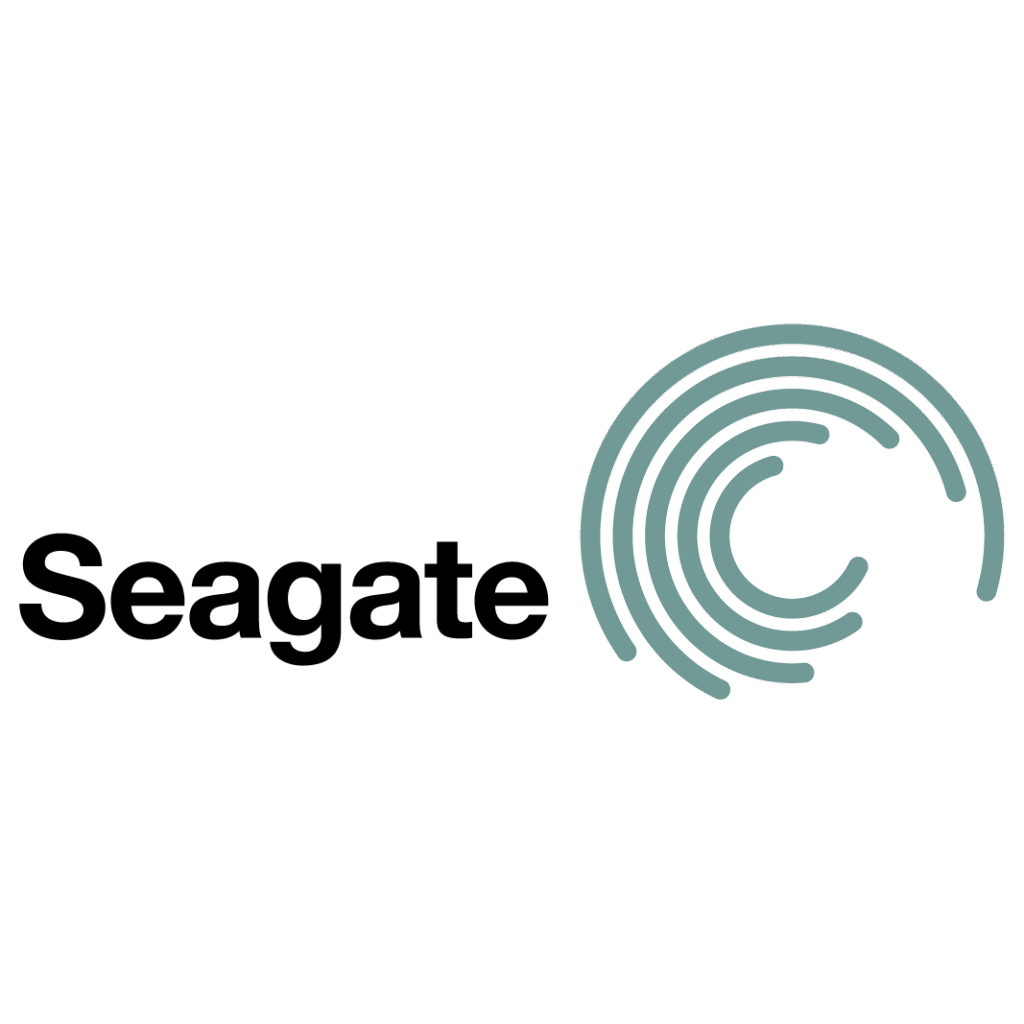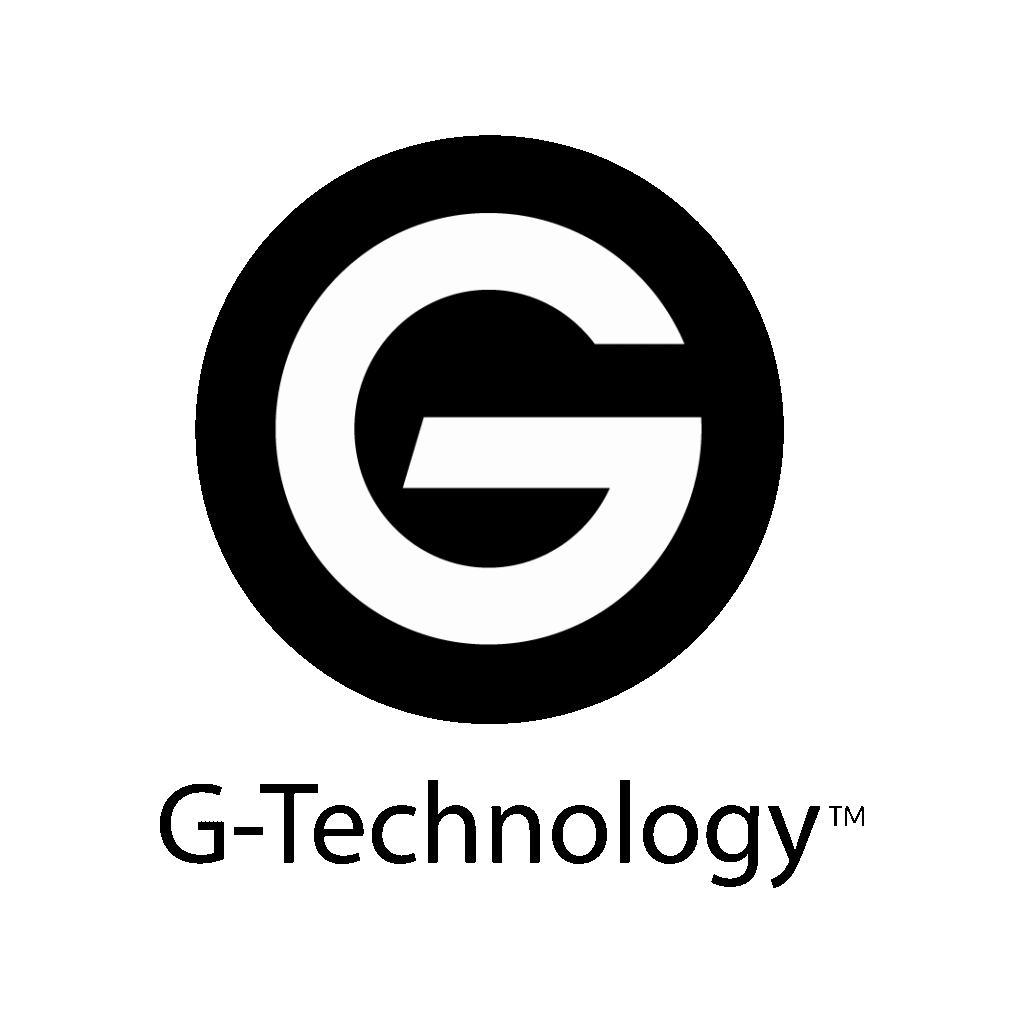





A bad sector is a small portion of your hard drive that becomes unreadable or damaged. These areas may develop due to wear and tear, manufacturing flaws, or physical damage. Over time, bad sectors on your hard drive can spread, affecting your file system and causing operating system instability or data loss.
There are two main types:
It’s not always easy to tell if your drive has bad sectors, but common signs include:
Every time you try to read or write data on a sector that’s gone bad, the drive may struggle and cause file corruption. In the worst cases, the system can overwrite important data or make the entire drive unreadable. If you rely on data recovery software, there’s a risk of worsening the situation if the drive has physical damage.
We recommend shutting the drive down and contacting a professional drive data recovery service, especially if your data is important or irreplaceable.
You may have come across programs that claim to fix bad sectors or recover data from failing drives. While data recovery software may help in some situations, it also carries significant risk.
These tools work by scanning the drive over and over, which can further damage unstable sectors. If your drive has physical damage, DIY attempts can make recovery harder—or impossible.
Instead of using software that might cause more data loss, let professionals safely clone and extract your files.
At Five Star Data Recovery, we follow a secure and proven process for drives with bad sectors:
We test the drive to confirm whether the issue is logical, physical, or both.
We create a sector-by-sector clone of the drive using specialized hardware. This prevents further wear and preserves your data as-is.
We use metadata and partition information to locate bad sectors and reconstruct the file system.
We safely extract recoverable files from the cloned image.
We check the files for integrity and return your recovered data on a new external hard drive.
We work with all major brands and models of hard drives, including:
Whether you’re facing a failed backup drive or a crashing system disk, we can help recover data from hard drive with bad sectors in most cases.
Bad sectors may form for many reasons, such as:
Understanding the cause helps us determine the best way of repairing bad sectors and safeguarding your data.
While not all bad sectors can be avoided, you can reduce the risk:
Catching bad sectors on your hard drive early can make a big difference in avoiding data loss.
From data loss emergencies to advanced drive data recovery, we’ve helped individuals, businesses, and IT teams retrieve important files from failed drives with bad sectors.
Don’t risk permanent loss by using a failing drive. Whether it’s freezing, clicking, or just not opening files, we’re ready to help.
If you need data recovery from hard drive with bad sectors, reach out to Five Star Data Recovery today. We’ll perform a free diagnostic and walk you through every step.
We’re here to help you recover data from hard drive with bad sectors safely and effectively.
External drives are more prone to bad sectors due to frequent handling and power interruptions. Drops, cable issues, and improper ejections can all lead to problems that affect both hardware and the file system.
If your external hard drive is disconnecting, slowing down, or making noises—stop using it immediately. Continued use can increase the number of bad sectors and reduce the chance of a full recovery.
A professional photographer came to us after their 2TB external drive started freezing during file transfers. It contained years of weddings, portrait sessions, and client archives. The drive appeared in disk management but would disappear from the desktop frequently.
Our diagnostic revealed over 1,000 bad sectors. We created a secure disk image, filtered out the unstable regions, and recovered over 98% of the original file structure. All recovered data was delivered on a new portable drive—ready for editing, backup, and client delivery.
Need your files back fast? We offer two levels of expedited services:
These fees are in addition to standard recovery costs and are non-refundable. If you’re dealing with tight deadlines, our expedited services are your fastest path to a solution.
Our expert engineers use advanced technology to recover your data quickly and securely. We specialize in complex cases with high success rates, offering tailored solutions for both businesses and individuals. Fill out the form to start a seamless recovery process.
Contact our specialists today for a quick, hassle-free recovery. We’re here to guide you every step of the way and ensure your data is securely restored. Your peace of mind is our priority.

“My external hard drive suddenly started acting up and wouldn’t open any files. I found out it had bad sectors and thought everything was lost. Five Star Data Recovery recovered all of my documents, including years of business data. Their team was professional, honest, and incredibly skilled.”
Mark R.
West Covina, CA

“My old hard drive was full of irreplaceable family memories, but it stopped responding due to bad sectors. I brought it to Five Star Data Recovery, and within days they recovered every last photo. I can’t thank them enough for saving what I thought was gone forever.”
Samantha L.
Burbank, CA

“After being told by another company that my hard drive was unrecoverable due to bad sectors, I decided to get a second opinion. Five Star Data Recovery not only diagnosed the issue accurately but used advanced imaging tools to safely recover my data. Worth every penny.”
David N.
New York, NY
Data loss is stressful — but working with us doesn’t have to be. Watch how our team handles each recovery with care, professionalism, and precision. From diagnostics to delivery, we offer flat-rate pricing, honest communication, and proven results — all from our secure Glendale lab.
No. Using a failing drive can make the issue worse and lead to permanent data loss. If your drive is showing signs of bad sectors, stop using it immediately and contact a professional data recovery service to avoid further damage.
Yes. Our lab is equipped to handle bad sector recovery from both mechanical hard drives and solid-state drives (SSDs). Each type of device requires different tools and techniques, and we tailor the process accordingly.
The data recovery process for bad sector drives typically takes 3–7 business days, depending on the severity of the damage. For urgent cases, we offer Expedited and Expedited Plus services with 24/7 engineer availability.
No. At Five Star Data Recovery, we prioritize data safety by never working directly on your original drive once bad sectors are detected. We use specialized hardware like the PC-3000 by Ace Labs to create a sector-by-sector image of your drive. This process allows us to safely clone as much data as possible while bypassing unstable or unreadable sectors. Once a full image is secured, we work from the clone, rebuilding the file system and extracting your recoverable data—completely safeguarding your original media from further harm.
We offer flat-rate pricing based on the issue and drive type. For a specific quote, we recommend calling us or visiting our pricing page. Diagnostics are always free, and you’re never charged unless we recover your data.
Absolutely. We recover data from external hard drives with bad sectors, including popular brands like Seagate, Western Digital, Toshiba, and others. Whether internal or external, our recovery approach is the same—safe, transparent, and effective.

Lab Hours
Mon – Friday: 10am to 6pm
Saturday: 10am to 2pm

Lab Hours
Mon – Friday: 10am to 6pm
Saturday: 10am to 2pm
© 2025 Five Star Data Recovery Services. All rights reserved.